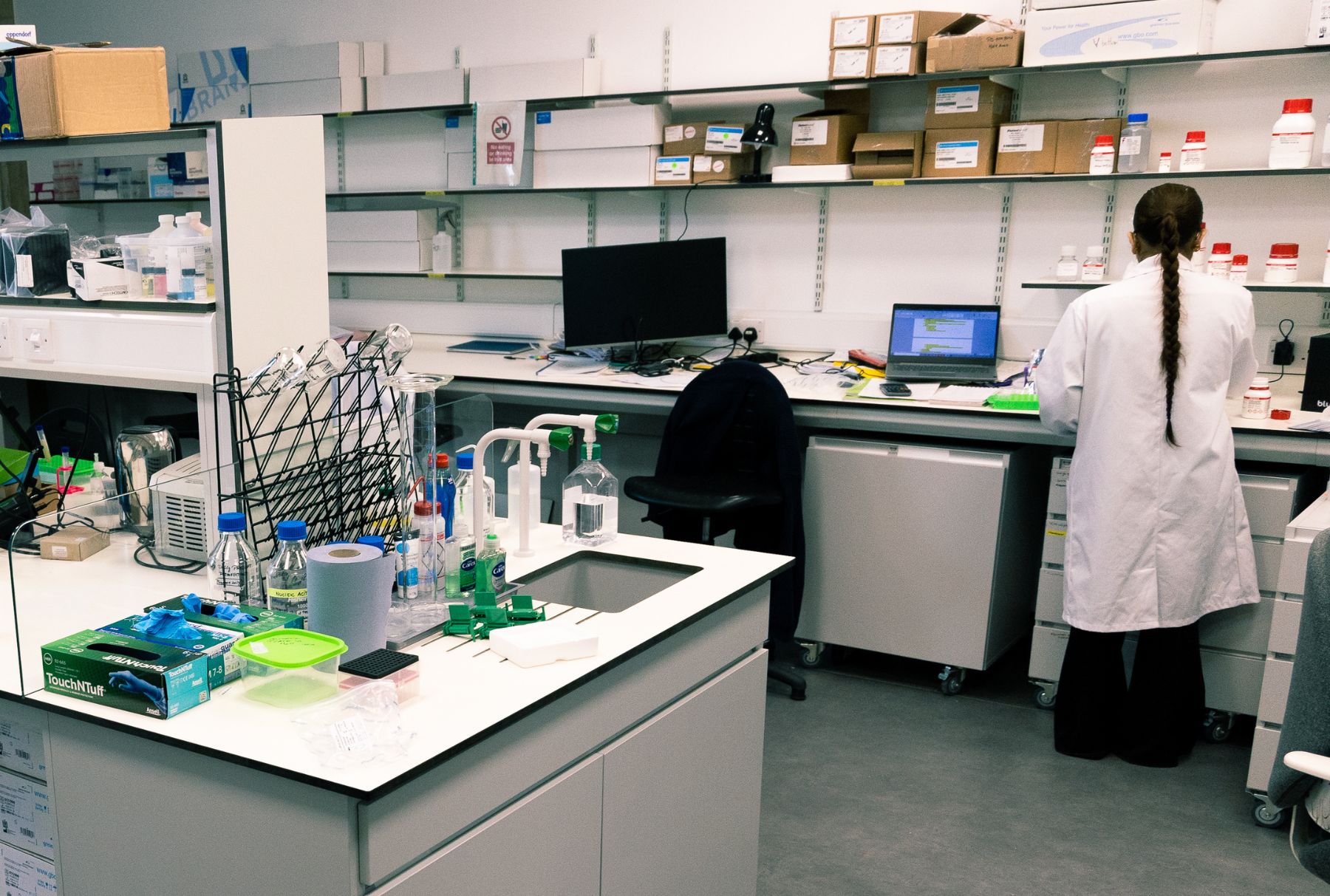Nanovery
Arrow Success Stories
Nanovery is a cutting-edge biotech company developing nanorobots that will be used to diagnose deadly diseases at an early stage.
Cancer affects one in two people at some point in their life, although late-stage diagnoses remain common. Consequently, the survival chances of the patients are significantly reduced.
The latest advancements in liquid biopsy allow us to identify cancer and other complex diseases at an early stage with only a blood sample. Despite its advantages, liquid biopsy is a time-consuming, costly, and laborious process.
Nanovery's technology has the potential to dramatically reduce the cost and turnaround time of a liquid biopsy, making it more accessible to patients and healthcare providers. The platform can be used to detect a wide range of diseases. Their development pipeline includes a test for prostate cancer, as well as a test for liver disease.
What was the project's aim?
Nanovery’s nanorobot is a tiny functional device built using nanotechnologies. It can capture disease-related DNA or RNA, producing a visible signal to indicate a positive result.
The aim of this feasibility project was to see if the nanorobots could detect clinically relevant mutations found in cancer cells that were grown in a laboratory. Key outputs would include a report of proof-of-concept data and protocols that would aid operational planning.
What did Arrow provide?
The Arrow programme matches North East businesses with University experts who can provide the knowledge and expertise to help them innovate.
The biotech company needed someone who had the expertise to test its prototype design. Arrow facilitated a collaboration between Nanovery, Dr Luke Gaughan at the Centre for Cancer and Dr Rakesh Heer, a consultant urologist.
A proof of concept study was constructed with help from both researchers, who made sure that it had an excellent clinical and biological grounding.
Following this successful project, Nanovery continued to collaborate with the Center for Cancer through an IIIP studentship which allowed them to host a funded PhD student. They also plan to submit joint grant applications in the future.
Kasia Zmarzly, innovation associate at Arrow, was responsible for linking Nanovery's research with that from Newcastle University. She helped to ensure proper communication between all parties involved and timely delivery of the project
As an Arrow associate, Kasia:
- Designed the project plan, with guidance from the academics and the company;
- Performed laboratory experiments;
- Carried out data analysis and report writing.
- Co-ordinated the collaboration between academic and company representatives.
“Working with Newcastle University helped us identify gaps in our team and has allowed us to employ more staff, and fund PhD students. We have also cemented our relationship with the University’s Centre for Cancer.”
What were the outcomes of the Arrow project?
Working with Arrow was a crucial step in Nanovery's innovation journey. It allowed the company to identify a first commercial target for their device. It also provided access to expertise on how to validate a prototype.
The Arrow project allowed Nanovery to test the prototype in a lab with clinically relevant cell lines. The team gained insight into the type of data they needed to validate their technology.
The results from this project helped Nanovery secure Innovate UK grant funding which allowed the company to set up operations in the Biosphere at Newcastle Helix. The company has now raised in £1.85million investment, employs a team of nine and hosts two PhD students from Newcastle University to develop their diagnostic test.
Nanovery plans to secure two commercial pilot projects within the next year, as well as further grant funding in collaboration with Newcastle University.
